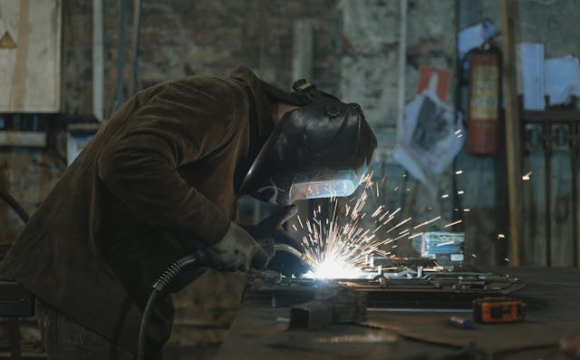Designing a data center involves choosing the right layout to optimize performance, efficiency, and scalability. Here’s a detailed look at the pros and cons of different data center layouts, with insights from Stendel + Reich data center architecture.
Centralized Design
Pros:
- Efficient Use of Switch Ports: Centralized designs use switch ports efficiently, reducing the need for additional hardware.
- Easier Management: Managing and adding components is simpler in a centralized layout, as all equipment is located in one area.
Cons:
- Limited Scalability: Centralized designs can be challenging to expand, making them less suitable for growing data centers.
- Extended Cable Lengths: Longer cable runs can cause congestion in pathways and increase costs, especially in larger data centers.
Zoned Design
Pros:
- Scalability: Zoned designs are scalable, allowing for easy expansion and adaptation to changing needs.
- Predictability: This layout is predictable and repeatable, making it easier to plan and manage.
- Cost-Effective: Zoned designs can be more cost-effective, as they optimize the use of space and resources.
Cons:
- Cable Management: Running cables back to end-of-row (EoR) or middle-of-row (MoR) switches can be complex and require careful planning.
- Potential for Congestion: Improper cable management can lead to congestion and inefficiencies.
Top-of-Rack (ToR) Design
Pros:
- Fast Port-to-Port Switching: ToR designs provide fast port-to-port switching within the rack, enhancing performance.
- Simplified Cable Management: Cables are managed within the rack, reducing clutter and improving airflow.
- Ideal for Dense Environments: ToR is suitable for dense, one-rack unit server environments, optimizing space utilization.
Cons:
- Increased Cost: ToR designs can be more expensive due to the need for additional switches and licenses.
- Underutilized Switch Ports: Switch ports may be underutilized, leading to inefficiencies.
- Management Complexity: Managing multiple ToR switches can be challenging in large deployments.
Considerations for Choosing a Layout
Size of the Data Center
The size of the data center plays a crucial role in determining the most suitable layout. Smaller data centers may benefit from centralized designs, while larger facilities may require zoned or ToR layouts to optimize performance and scalability.
Anticipated Growth
Consider the anticipated growth of the data center when choosing a layout. Scalable designs, such as zoned or ToR, allow for easy expansion and adaptation to changing needs.
New Installation vs. Upgrade
The choice of layout may also depend on whether the data center is a new installation or an upgrade to an existing facility. Upgrading a legacy system may require a different approach than designing a new data center from scratch.
Conclusion
Choosing the right data center layout is essential for optimizing performance, efficiency, and scalability. Each layout has its pros and cons, and the best choice depends on the specific needs and constraints of the data center. Stendel + Reich data center architecture offers expert guidance and innovative solutions to help you design a data center that meets your requirements and supports your business goals. Contact them today to learn more about their data center design services.








